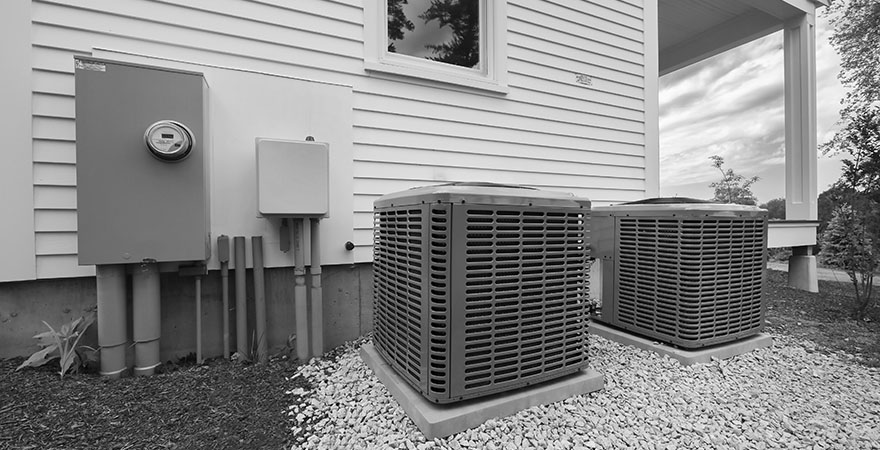The Story of Air Conditioners
All About Cooling Machines
The foremost cooling systems apparatus was devised by an American physician, Dr. John Gorrie in Florida. In the 1830s, he designed a fan-like machine, which blew across an ice container for cooling hospital rooms. In 1881, naval engineers built a makeshift cooling machine, which blew air through a cloth soaked in melted ice water, for the dying President James Garfield. It could lower the room temperature by 20 degrees, but half a million pounds of ice had to be used in two months and all in vain.
Until the late 19th century, it was called ‘manufactured air’ as it was used to control the humidity levels in textile mills. Cooling stations were set up in buildings storing food, beverage, beer and important documents.
In 1902, Willis Carrier, a mechanical engineer from Buffalo, designed a machine blowing air over cold coils to control the room temperature and humidity. His ‘Apparatus for Treating Air’ could lower the humidity up to 55%. The first air conditioners were heavy, expensive and dangerous because of ammonia being used as a coolant. Same year, Alfred Wolff, an engineer from New Jersey, improved the design from textile mills and used it in buildings, such as the New York Stock Exchange.
After their public appearance in 1904 at St. Louis World’s Fair, ‘manufactured air’ was installed in the printing and pharmaceutical plants, textile mills, hospitals. In 1906, Stuart Cramer, a North Carolina textile mill engineer, created a ventilating device that added water vapor to the air, making yarn spin easily. He called this process as ‘air conditioning‘.
Carrier Air Conditioning
The first house air conditioner was set up in the mansion of Charles Gates, son of a notorious gambler John ‘Bet a Million’ Gates, in 1914 in Minneapolis. It was 7 ft high, 6 ft wide and 20 ft long that was not at all used because no one lived there.
In 1922, Carrier made two breakthroughs – toxic ammonia was replaced by a safer coolant dichloroethylene and the unit sizes were reduced. Therefore, departmental stores, office buildings, started installing the air conditioners. In 1931, individual room air conditioners sitting on a window ledge were invented by H.H. Schultz and J.Q. Sherman.
By 1946, 30,000 air conditioners were manufactured and 74,000 in 1948. In 1953 alone, one million units were sold. By 1970s, the air conditioners had a condenser coil, fan, and refrigerant was replaced with Freon-12. But, around the 90s, Freon was linked to ozone depletion and banned in many countries.
Improvements are still being made in air conditioners that were once a technological marvel and today, a necessity.

